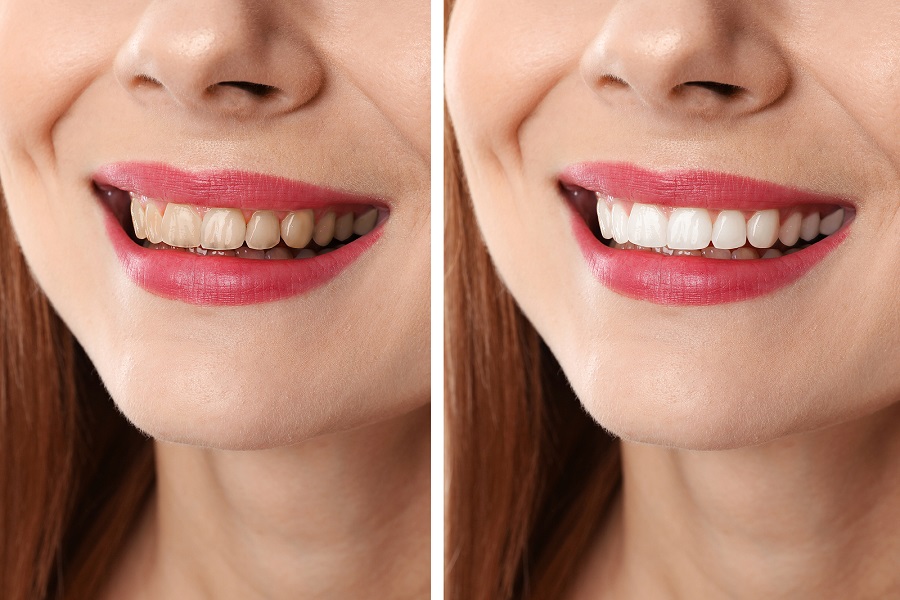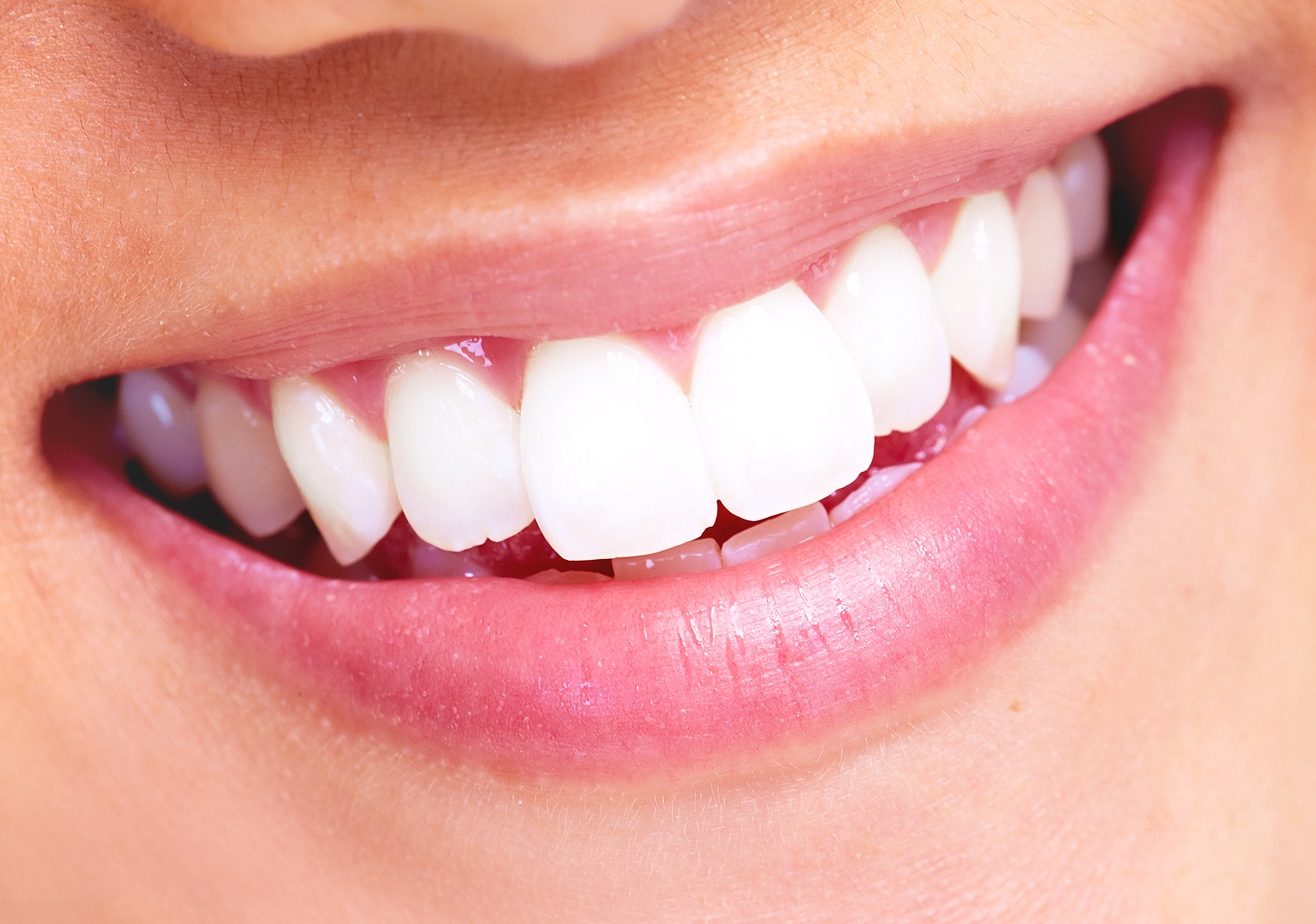HOW TO MAINTAIN GOOD DENTAL HYGIENE
Everyone desires pearly white teeth and fresh breath. However, having good oral hygiene requires daily maintenance. By taking proper care of your teeth and gums, you can avoid a plethora of dental problems, such as tooth decay and gum disease. Poor oral hygiene is an invitation for plaque buildup, a soft, sticky film containing millions of bacteria. When allowed to accumulate on teeth, plaque can cause acids to adhere to the tooth surface causing the breakdown of enamel. Starting from a young age, it’s important to follow a healthy oral hygiene regimen that involves brushing, flossing, swishing with mouthwash, and routine visits to your dentist. Follow these steps for how to maintain good dental hygiene for a lifetime.
TIPS FOR MAINTAINING GOOD DENTAL HYGIENE
1. KEEP UP WITH DAILY HABITS
Brushing and flossing are the cornerstone of good oral hygiene. The American Dental Association (ADA) recommends brushing at least twice a day. When you brush, place your toothbrush at a 45-degree angle, moving it gently back and forth in short strokes. It’s important to reach both the inner and outer tooth surfaces, as well as the chewing surfaces of the teeth. You’ll also want to brush your tongue to maintain fresh breath. Like brushing, flossing is also essential to reach food and debris stuck in the crevices between teeth. The ADA suggests flossing just once a day to remove plaque missed by brushing. When flossing, gently rub the sides of the teeth with an up-and-down motion. Bring the floss tightly around the sides of each tooth so that the floss conforms to the shape of the tooth for a better clean. In addition to brushing and flossing, the use a mouthwash can rinse away any excess debris while freshening up your breath. Opt for an antimicrobial mouth rinse designed to reduce plaque and bacteria production. The use of fluoride mouth rinses can also aid in the prevention of tooth decay. Fluoride mouthwashes are not recommended for children under the age of seven years old, as they may swallow them.
2. LIMIT SODA & ALCOHOL INTAKE
Many have heard the slogan “Sip All Day, Get Decay”. While it’s no surprise that a connection between tooth decay and soda consumption exists, many people are not aware of the extent of damage these beverages can cause. The steady consumption of soda, as well as alcohol, is one of the top causes of tooth decay. The sugar found in soda and in some types of alcohol combine with bacteria in the mouth to form acids that attack teeth. Over time, these “attacks” weaken tooth enamel, making the teeth more susceptible to decay. To reduce these risks, limit your soda and alcohol intake and replace these unhealthy beverages for dairy products like milk.
3. EAT HEALTHY AND AVOID SUGAR
Nutrition plays a major role in your dental health. Keeping your sugar intake to a minimum is key to prevent the production of damaging acids in the mouth. This means limiting between-meal snacking and avoiding fermentable carbohydrates. Stick with snacks that help protect tooth enamel by neutralizing acids or supplying minerals back in the teeth. Examples include chicken, cheese and nuts. Maintaining proper nutrition is not only important to overall health, it also aids in the growth of new tissues and protection against infection. A balanced diet includes vitamins, minerals, essential fatty acids, essential amino acids, and some carbohydrates. Water is also key for maintaining a healthy smile. Drinking water after meals helps to flush away acids and sugars and prevents dry mouth.
4. PAY ATTENTION TO SYMPTOMS
Even the most diligent of brushers and flossers will likely encounter an oral health problem at one time or another. There are several major warning signs that could indicate that something is amiss in your mouth. Lingering tooth pain or swelling in the gum area can contribute to larger health problems if left untreated. Some symptoms to look out for include:
- A sore in the mouth that doesn’t heal
- Swollen or bleeding gums
- Chronic bad breath
- Sensitivity to hot or cold
- Pain or tenderness
- Dry mouth
- White or brown lines on teeth
- Sour or metallic taste in the mouth
5. VISIT YOUR DENTIST REGULARLY
Learning how to maintain good dental hygiene begins at your dentist. According to the ADA, there is no one-size fits-all approach to dental treatments. While some people can get by on just one to two visits to the dentist a year, others require more frequent visits. During a routine checkup, your dentist will check your teeth and gums to determine your overall dental health. During a cleaning, plaque and tartar buildup is removed. Developing a habit of good dental hygiene is essential for maintaining healthy teeth and gums. With a healthy, white smile, you can feel confident flashing those pearly whites.






















0 comments